What does PFC-free mean in outdoor gear?
We reveal the uses and implications of PFCs in outdoor gear, and how some companies are leading the trend towards more sustainable, less harmful waterproof treatments
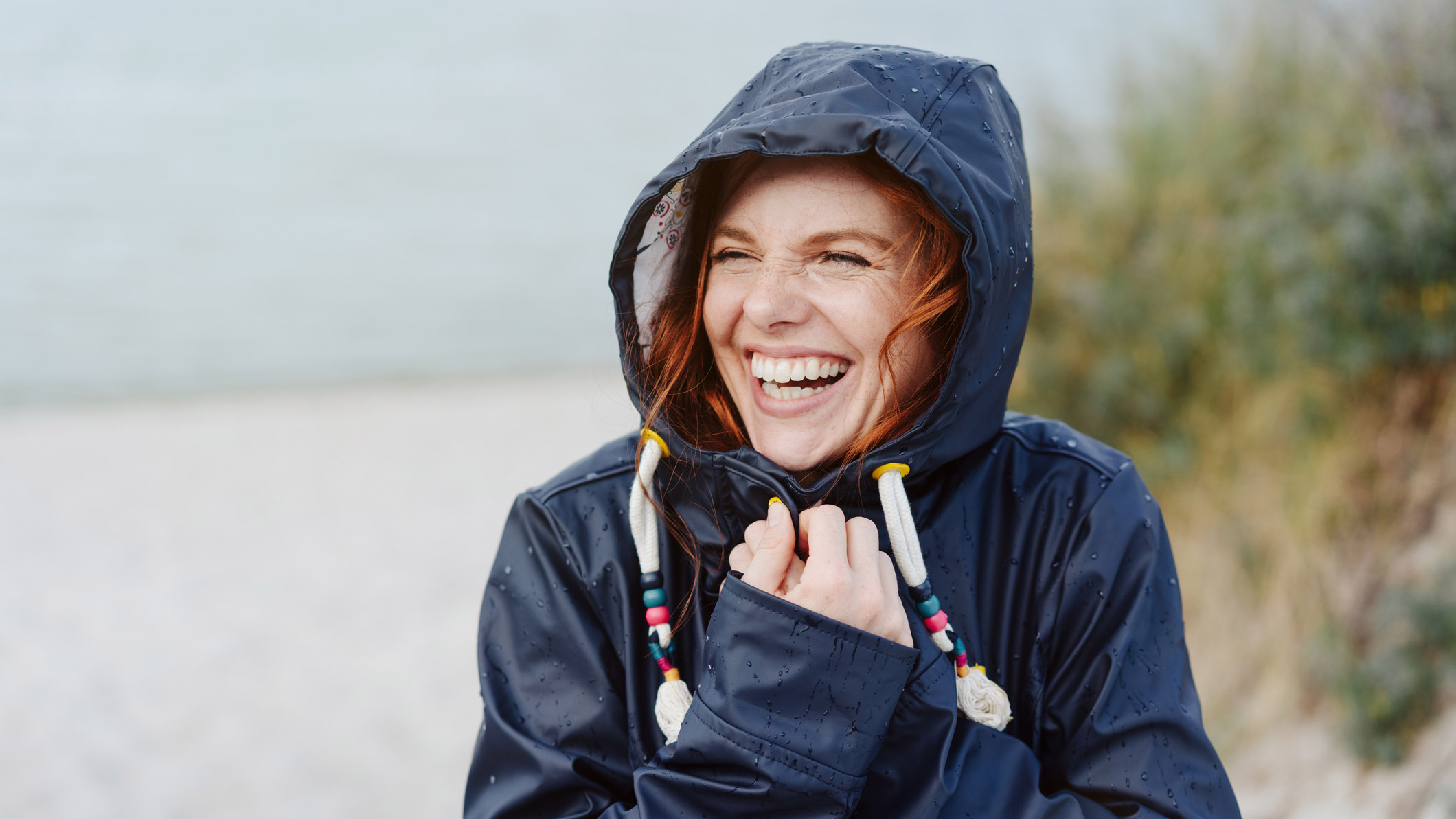
When you’re shopping for outdoor gear meant to keep the rain off while you hike or sleep in the wild, it’s becoming increasingly common to see it advertised as PFC-free. Great! you think to yourself, that must be healthier and better. But, wait, what are PFCs anyway? And what does PFC-free mean for you and your outdoor kit? In this article, we reveal the uses of PFCs in outdoor gear, potential implications for your health, and how some companies are leading the trend towards more sustainable, less harmful treatments in waterproof and water-resistant garments.
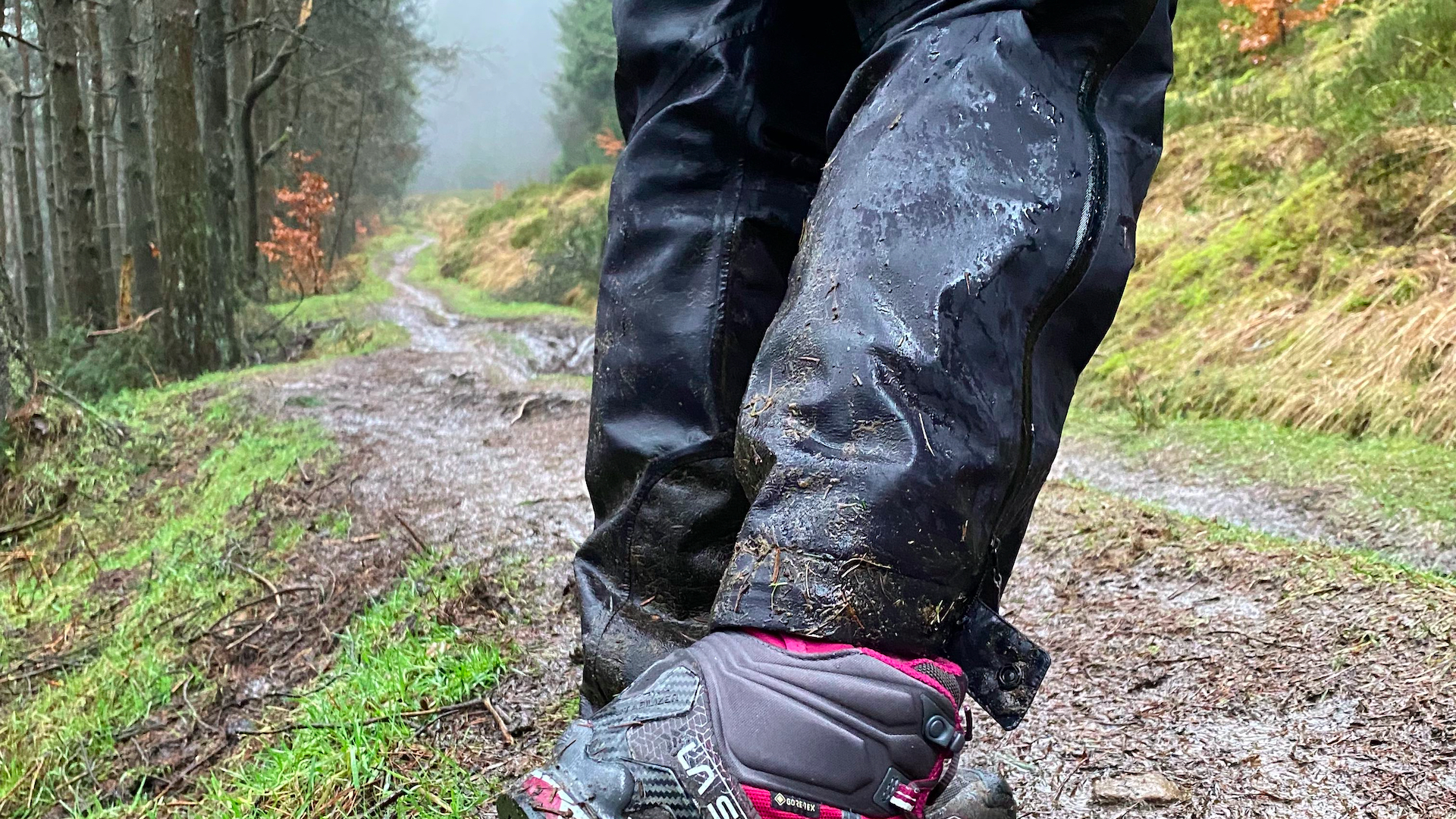
What does PFC-free mean?
Perfluorochemicals (PFCs) are a group of chemicals that include PFAS, PFOS and PFOAs used to make coatings and products that resist substances such as water and heat, as well as oil. Teflon is a brand name of PFCs that you’re probably familiar with and is widely used to make non-stick cookware. Because of their ability to repel water, they’re commonly used in the outdoor industry to make the DWR coating used in a lot of gear such as waterproof jackets, rain pants, backpacks, sleeping bags, tents and hiking boots that help keep you dry and warm when you’re out adventuring in rainy weather.
Garments that are PFC-free therefore are usually waterproof or water-resistant but made using a DWR coating that doesn’t require PFCs. Instead, PFC-free gear may use coatings that are wax, silicone or even plant-based.
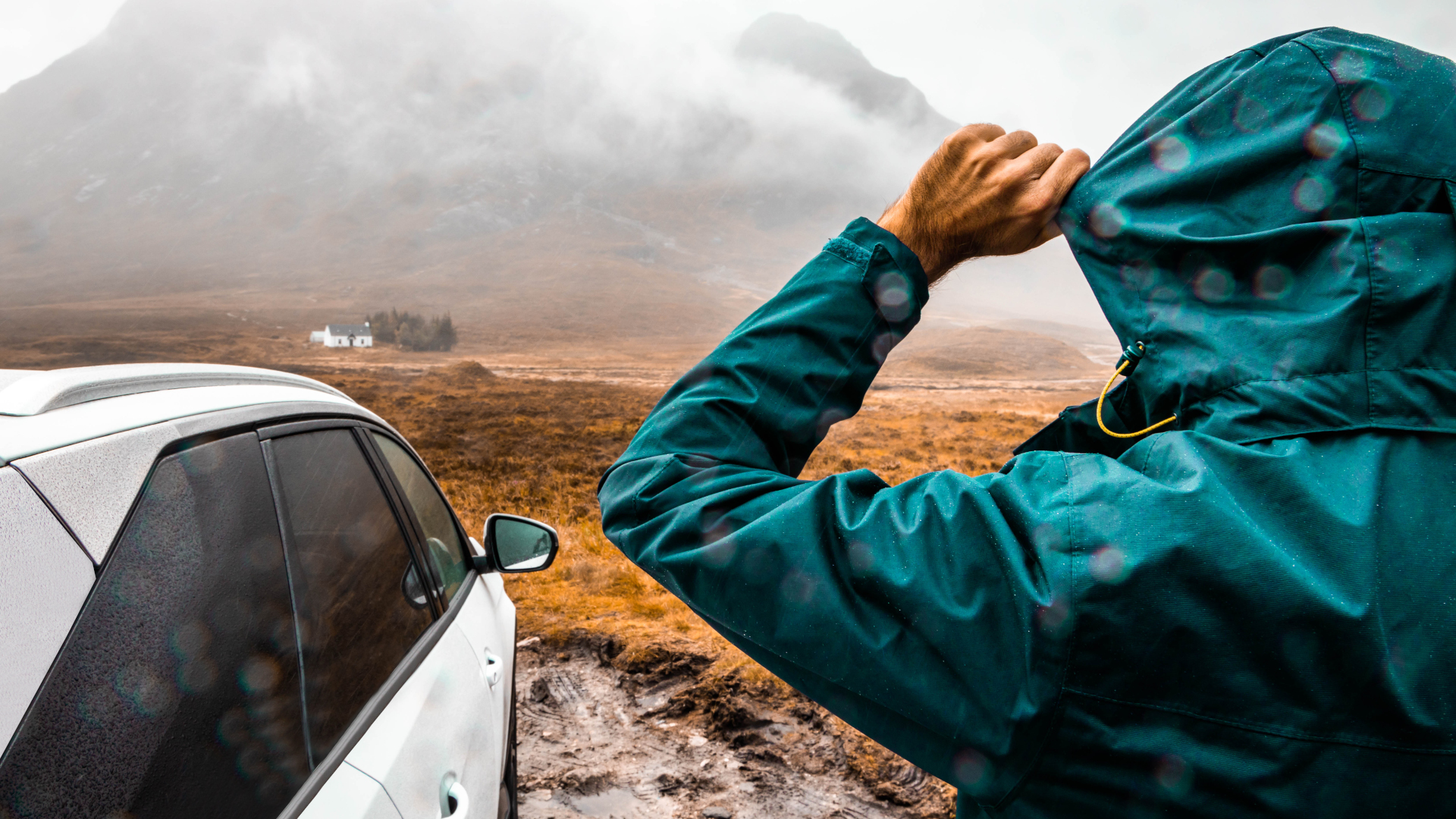
Are PFCs harmful?
Much like when you see a water bottle advertised as BPA-free, when you see a label touting a garment as PFC-free you likely assume that PFCs are harmful. According to a CDC fact sheet, studies on animals exposed to large amounts of PFCs found that they may affect development, reproduction and result in liver injuries.
The factsheet goes on to explain that it’s not clear how people are exposed to PFCs, but it’s assumed that we ingest them. Obviously, this is easier to understand when you’re cooking food in a non-stick frying pan than when you’re just wearing a jacket, but the bottom line is that the wide use of PFCs means that they are now everywhere. Case in point: CDC scientists found PFCs to be present in the bloodstreams of approximately half of study participants back in 2004. Put all that information together and it’s no wonder that many outdoor companies are committed to removing PFCs from their products.
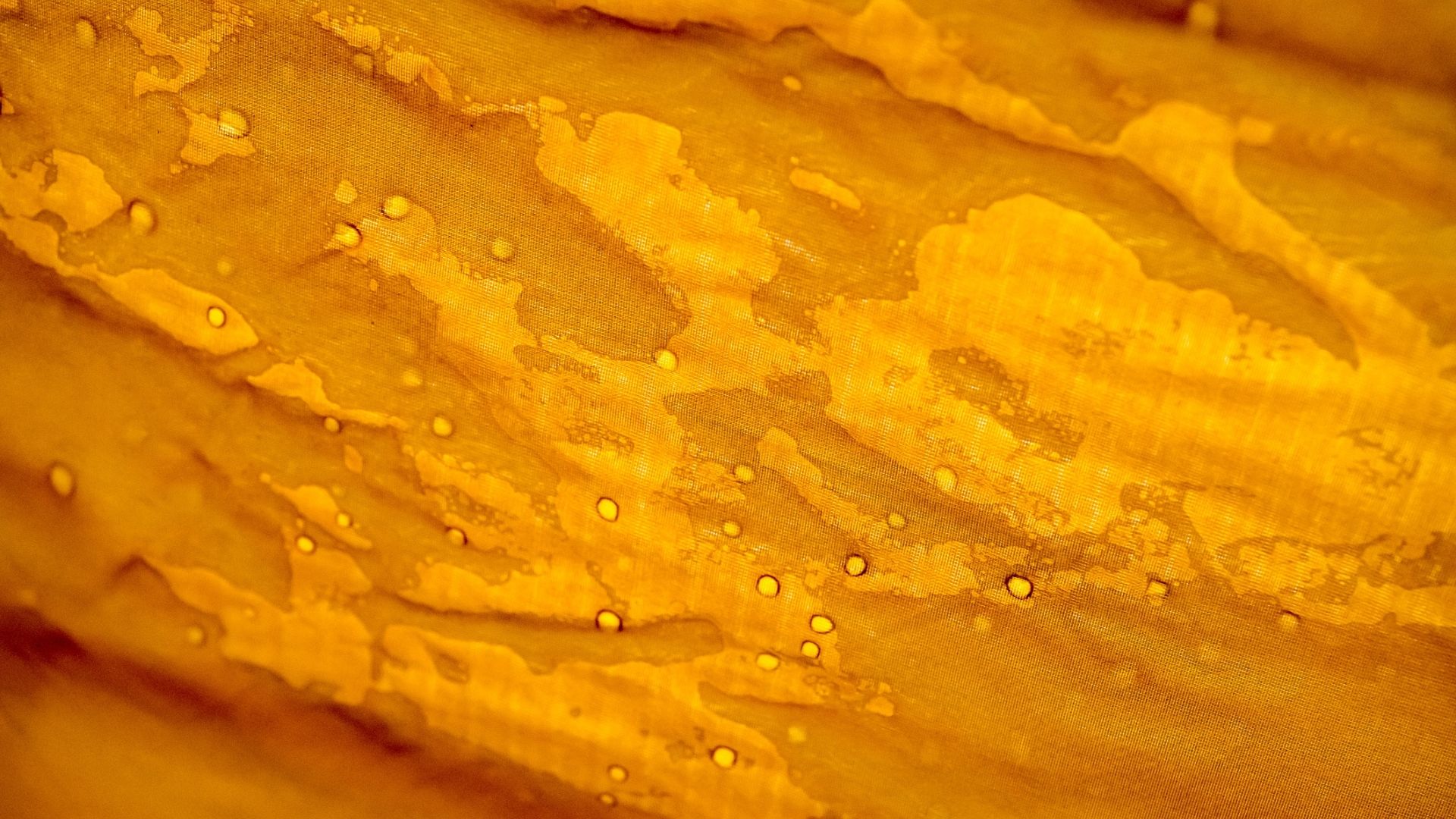
Norwegian brand Helly Hansen is seeking to phase out the use of PFCs by as early as 2023, and has developed a breathable, waterproof technology called Lifa Pro that achieves water repellency without using chemicals. Patagonia, an industry leader in sustainability, is currently 78% PFC-free and aiming to achieve 100% by 2024. British brand Alpkit has been working on a PFC-free clothing line since 2018 and is committed to being entirely PFC-free by 2024, but they explain that different fabrics require different types of treatments, so the process of eliminating PFCs while maintaining the quality you expect from your outdoor gear takes a little time. Of course, when you’re spending time outdoors, staying dry can be the difference between life and death, so it’s important that these companies take their time and develop the best possible alternatives.
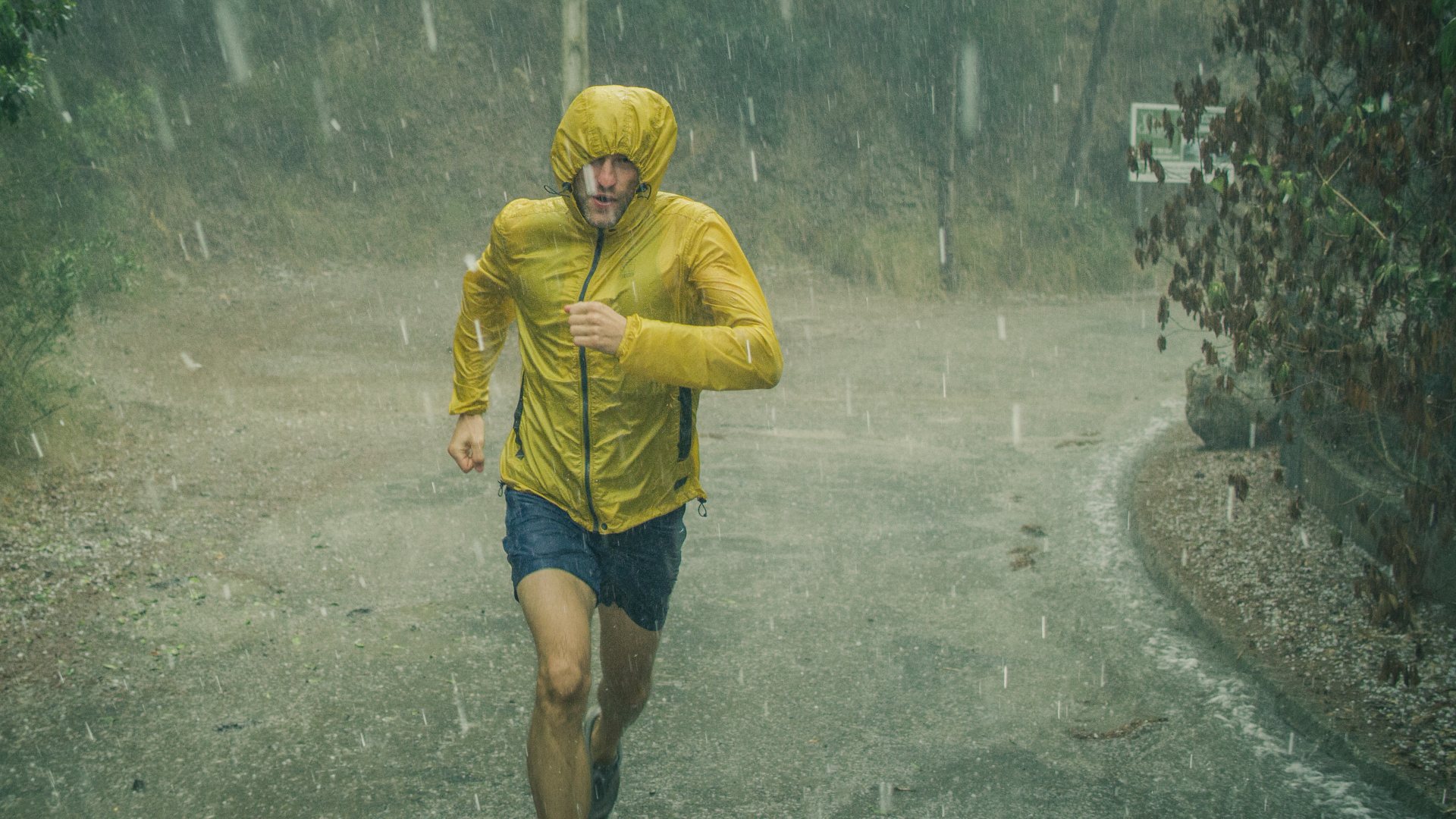
OK, so what can I do?
Fortunately, because awareness around the effects of PFCs is growing, outdoor brands are keen to let you know when they’re products are PFC-free, so start by looking for labels that advertise gear as such. In order to maintain your garment’s water repellency, it’s important to wash it regularly, so once you start using it, check out our guides on gear washing:
Advnture Newsletter
All the latest inspiration, tips and guides to help you plan your next Advnture!
- How to wash a sleeping bag
- How to clean a tent
- How to wash a waterproof jacket
- How to clean hiking boots
Naturally, the washing process will degrade your item’s water repellency, so you’ll need to regularly re-proof it, and for this we always recommend using Nikwax products, since they work great and, you guessed it, they are all PFC-free. See our guide how to waterproof a jacket for instructions.
- The best waterproof jackets: tested in real-life downpours
Julia Clarke is a staff writer for Advnture.com and the author of the book Restorative Yoga for Beginners. She loves to explore mountains on foot, bike, skis and belay and then recover on the the yoga mat. Julia graduated with a degree in journalism in 2004 and spent eight years working as a radio presenter in Kansas City, Vermont, Boston and New York City before discovering the joys of the Rocky Mountains. She then detoured west to Colorado and enjoyed 11 years teaching yoga in Vail before returning to her hometown of Glasgow, Scotland in 2020 to focus on family and writing.

